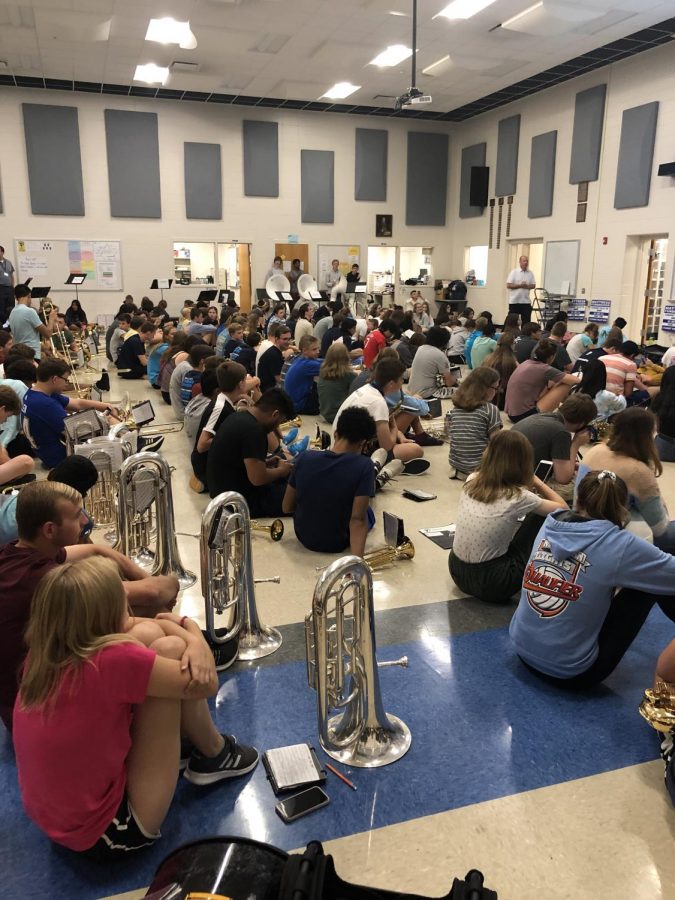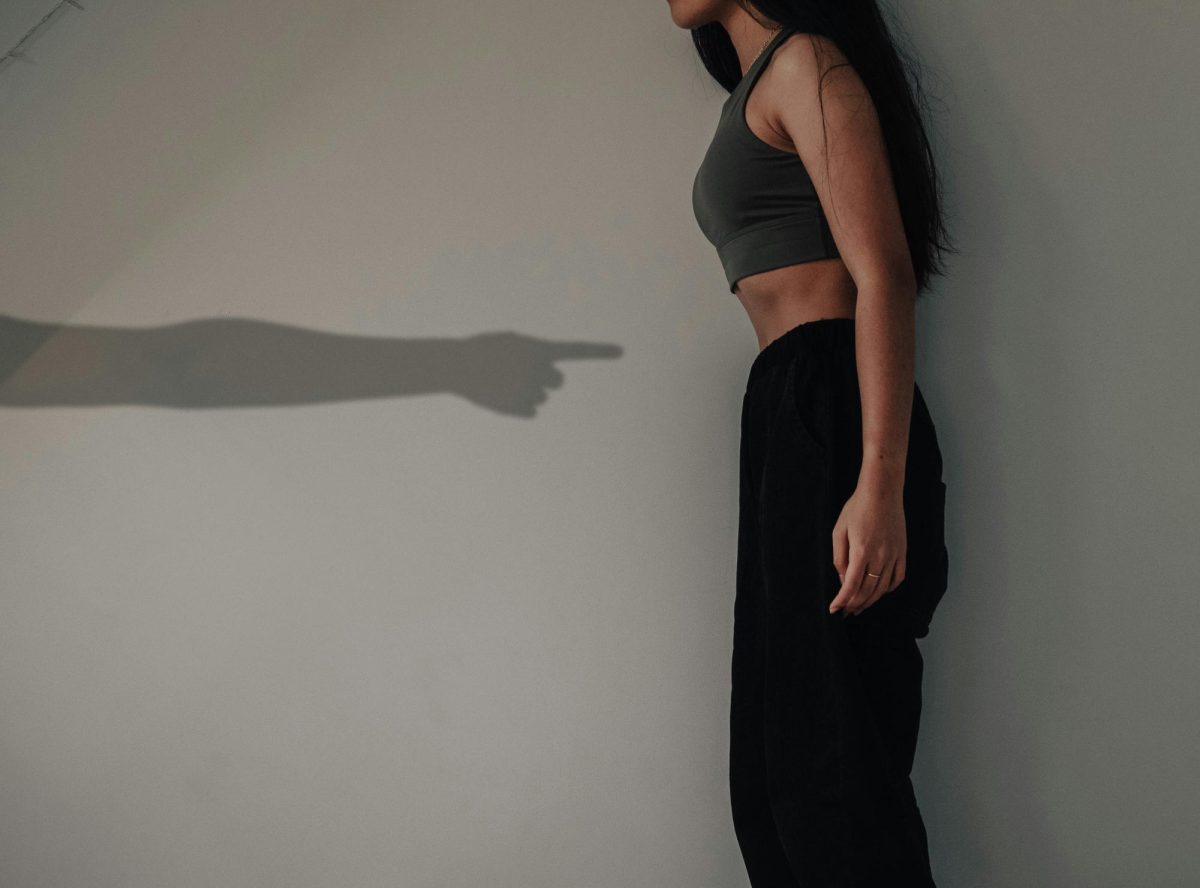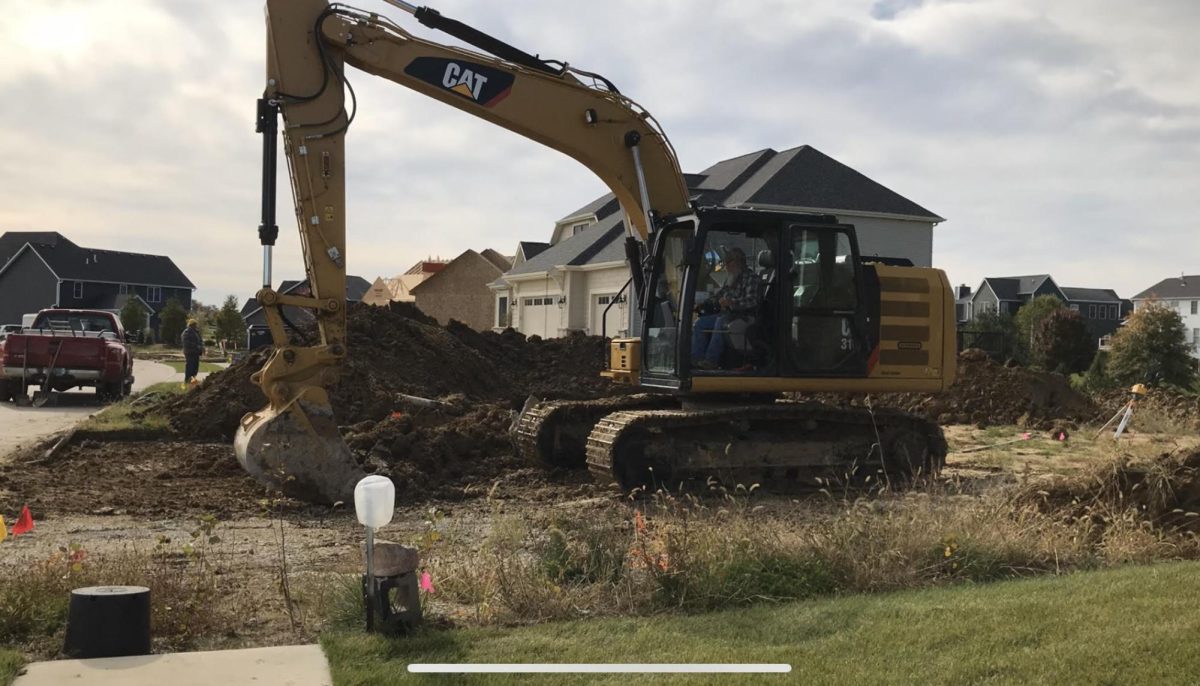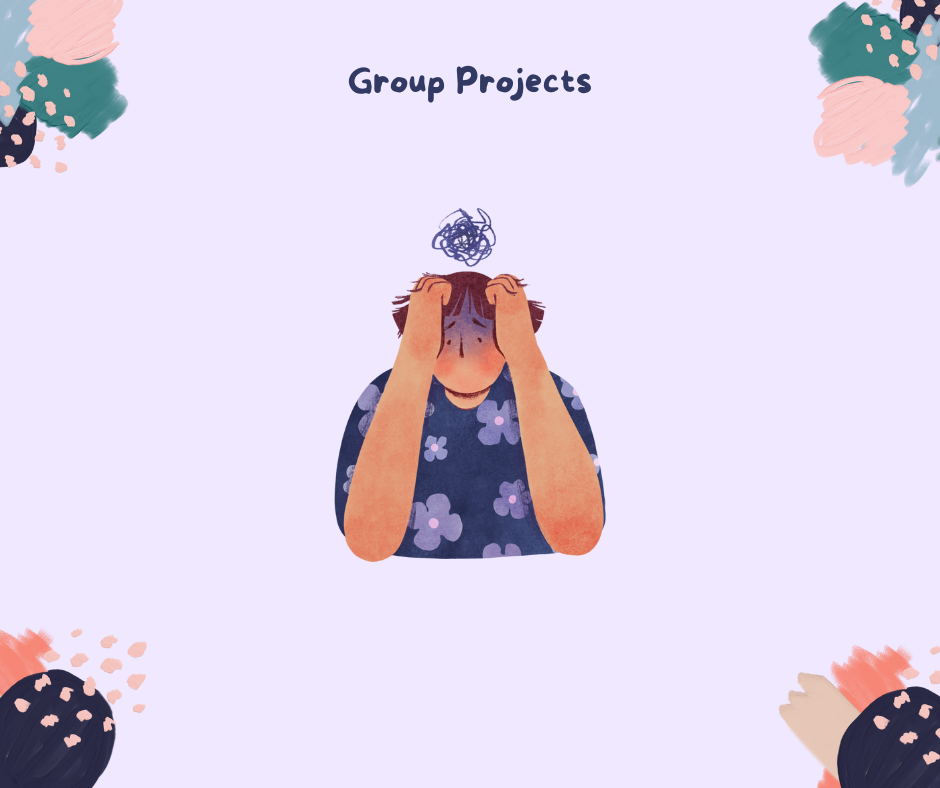Involvement in a variety of extracurricular activities is crucial to the development of a well rounded and content individual, yet America’s emphasis on athletic excellence makes involvement in the arts and other extracurriculars difficult to manage for many students.
The benefits of involvement in athletics are certainly numerous. Athletes have the opportunity to improve their physical health, practice teamwork skills and learn how to manage hard work, all while participating in an activity they love. Yet as students reach high school and the demands of their sports increase dramatically, students who want to remain involved at a competitive level are forced to dedicate much of their time outside of school to this pursuit.
Senior Erica Brohm, who plays both varsity volleyball and club volleyball, said that her heavy involvement in the sport requires efficient use of her time. “Between my school and club practices, tournaments and games I probably spend around 1200 hours on volleyball during the year. It isn’t too difficult to manage, but I have to be smart as there are many times when I don’t get home until eleven and I often have to get homework ahead of time.”
Even when students are heavily involved in athletics, they can typically find the time to be involved in interests outside of athletics if they know how to keep their activities and schoolwork balanced. Not to mention that studies by the National Federation of State High School Associations (NFHS) have linked student involvement in extracurriculars with increased academic success. “Students who participate in activity programs tend to have higher grade-point averages, better attendance records, lower dropout rates and fewer discipline problems than students generally,” the NFHS said.
Yet, involvement in theater, music and art can take up just as much time as involvement in a sport, making it challenging for a student to do both without burning out.
While it can certainly be said that dedication to the arts plays its own role in preventing students from being involved in a variety of pastimes, America’s fixation on athletics leads many students, parents and organizations to focus their attention on athletic excellence while pushing the arts to the curb.
Serious involvement in athletics may have its benefits, but so does involvement in the arts.
According to a study by the Missouri Arts Council, “fine arts education is significantly related to higher standardized test scores, higher attendance and graduation rates, and lower disciplinary rates for serious student infractions.”
In addition to providing teenagers and young adults alike with an invaluable creative outlet, involvement in the arts leads to improved academic performance and increased confidence. Unfortunately, America’s obsession with sports has led students and their parents alike to place greater value on involvement in athletics than the arts.
While overall increased student involvement in the arts may take a serious shift in the American mentality surrounding extracurriculars, some groups are finding ways to allow students to balance time in the arts and athletics without having to give up either.
At most schools the marching band puts in hours about equivalent to sports outside of school in preparation for competitions, making it virtually impossible for students involved in the band to simultaneously participate in a sport. Yet, the Pleasant Valley marching band prepares for shows during class time, allowing for band members to be involved in every activity imaginable.
“We switched to this non-competitive format for marching band to allow students to be involved in a sport and marching band without having to prioritize one over the other,” Pleasant Valley Band Director Tara Daurer said. “Immediately the numbers involved in the band increased because students no longer had to make that choice between band and sports.”
The United States may have a long way to go before the arts are given their due attention, but the problem has never been a matter of arts vs. sports. If students are to be involved in both arts and sports then more programs and individuals need to take steps like the PV band department has and make a balance between the arts and athletics a priority.
Sure, by spreading time among multiple interests becoming the next Messi or Beethoven may be less likely, but by doing so students become much more well-rounded individuals who are involved with numerous passions.










